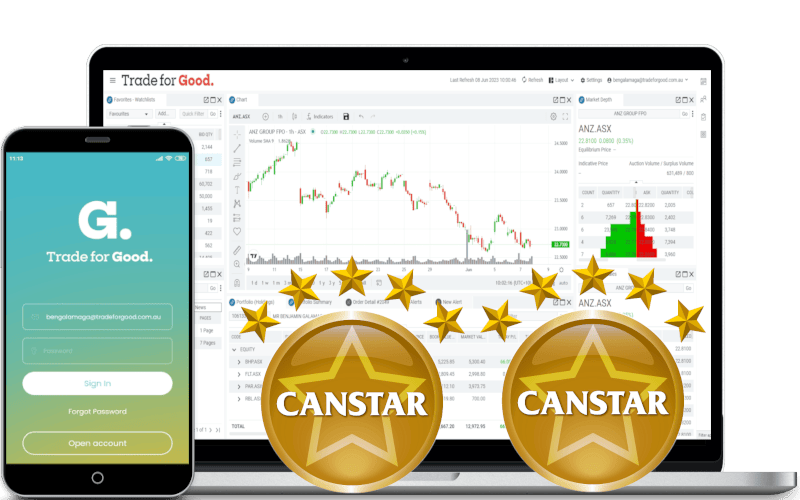Cyclical vs. Non-Cyclical Stocks:
What’s the Difference?

Cyclical stocks and their companies have a direct relationship to the economy. Non-cyclical stocks repeatedly outperform the market when economic growth slows.
Cyclicals tend to go up and down with the economy, while non-cyclical stocks are steady. Investors cannot control the cycles of the economy, but they can tailor their investing practices to its ebb and flow.

Key Characteristics
- Cyclical stocks are volatile and tend to follow trends in the economy.
- Cyclical stocks sell goods and services that many buy when the economy is doing, such as luxury goods.
- Non-cyclical stocks outperform the market during an economic slowdown.
- Non-cyclical companies sell staple goods like food and clothing and household consumables.

Cyclical Stocks
Cyclical stocks represent companies that make or sell discretionary items and services that are in demand when the economy is doing well. When the economy turns down, their stock prices will drop.
Investors may find opportunities in cyclical stocks hard to predict because of their correlation to the economy. As it’s hard to predict the ups and downs of the economic cycle, it’s tricky to guess how well a cyclical stock will do.
What Are Some Examples of Cyclical Stocks?
Cyclical stocks trended very differently during COVID, when spending money moved from automobiles, travel, luxury goods, construction, and manufacturing.
- Performance: Thrive in economic expansion but struggle during downturns.
- Volatility: High, as earnings fluctuate with economic conditions.
- Investor Profile: Suitable for those seeking higher returns and willing to tolerate risk during economic slowdowns.

30/08/2019 $49.09
30/08/2020 $13.23
 30/04/2020 $2.73
30/04/2020 $2.73
30/04/2021 $5.27
Non-Cyclical Stocks
Non-cyclical securities are generally profitable as they sell staple goods like food, clothing, and household items.
They are also called defensive stocks, as they can defend investors against the effects of economic downturns.
- Performance: Steady, with consistent demand even in recessions.
- Volatility: Low, providing stability and reliable dividends.
- Investor Profile: Ideal for conservative investors looking for stability and long-term income.
When the economic outlook is sour, they are great places in which to invest, as they provide a service that is consistently used, and will grow conservatively won’t fluctuate dramatically.
 What Are Some Examples of Non-Cyclical Stocks?
What Are Some Examples of Non-Cyclical Stocks?
These often include consumer staple goods, food, utilities, and healthcare, that provide stable growth.
 01/02/2022 $16.32
01/02/2022 $16.32
01/02/2023 $17.88
 01/08/2022 $8.45
01/08/2022 $8.45
01/08/2023 $10.65
The Bottom Line

What you learn here has been used in our Trade for Good software.
Click on the button to find our software education videos.
You can read more of our educational articles in the Trade for Good Learn section
Trade for Good Learn



